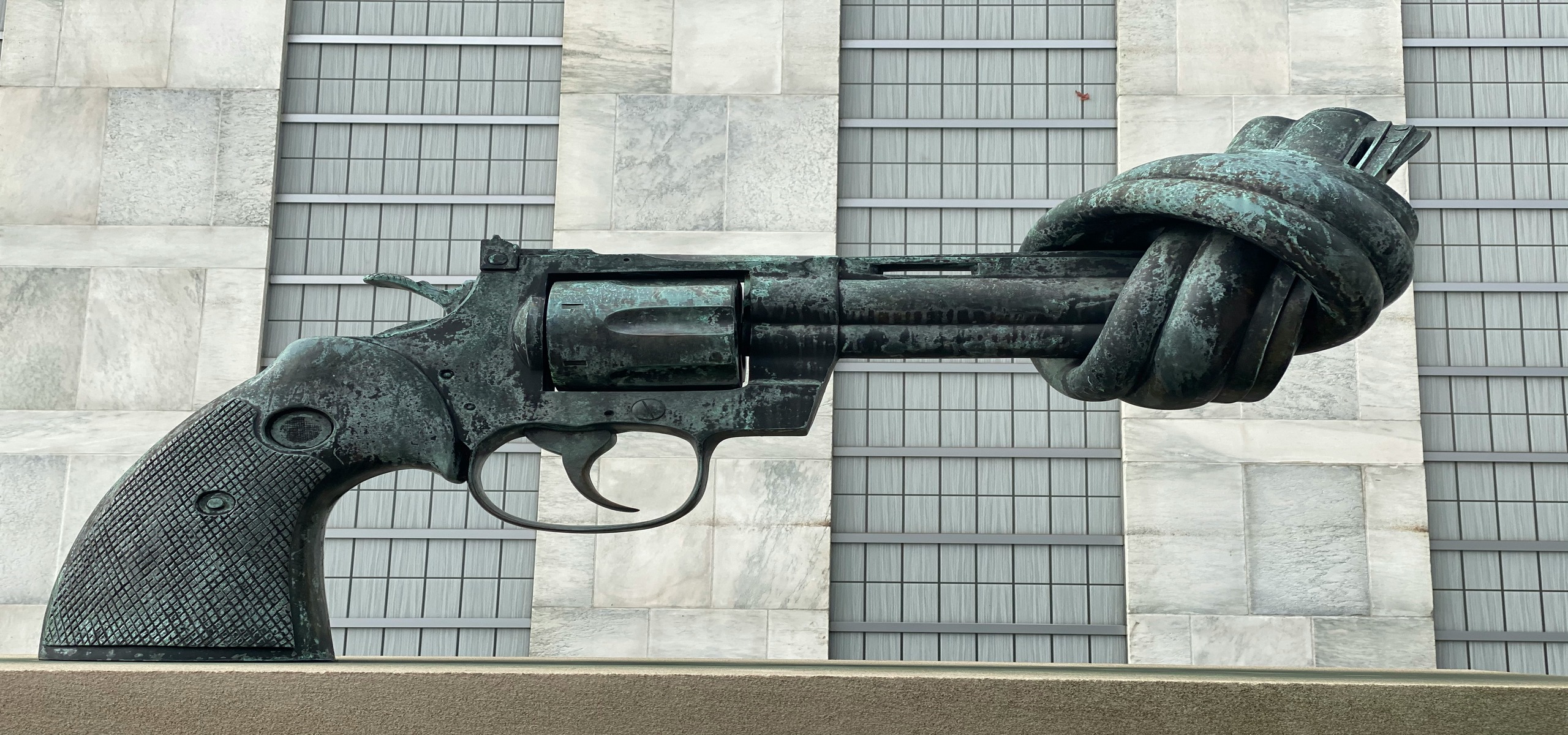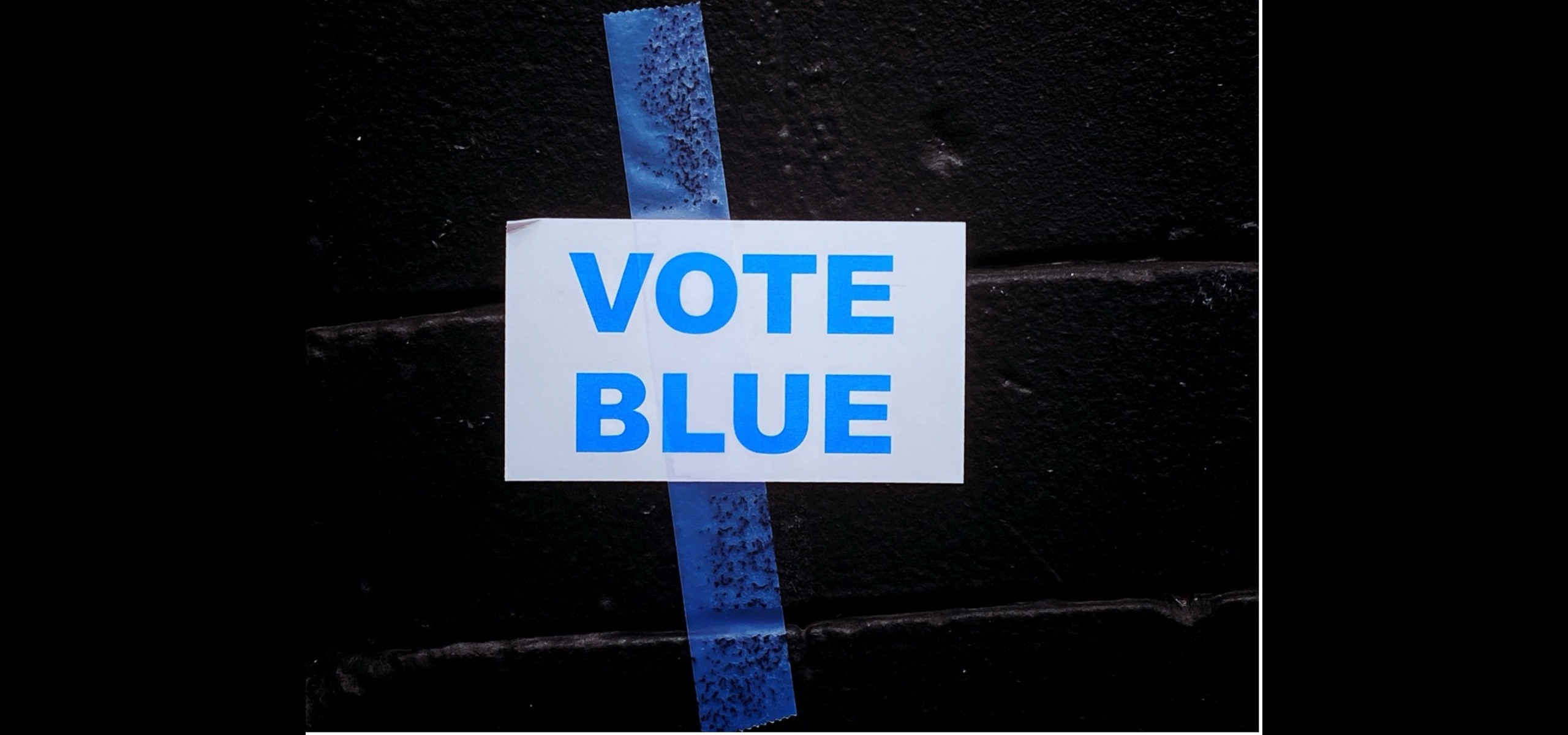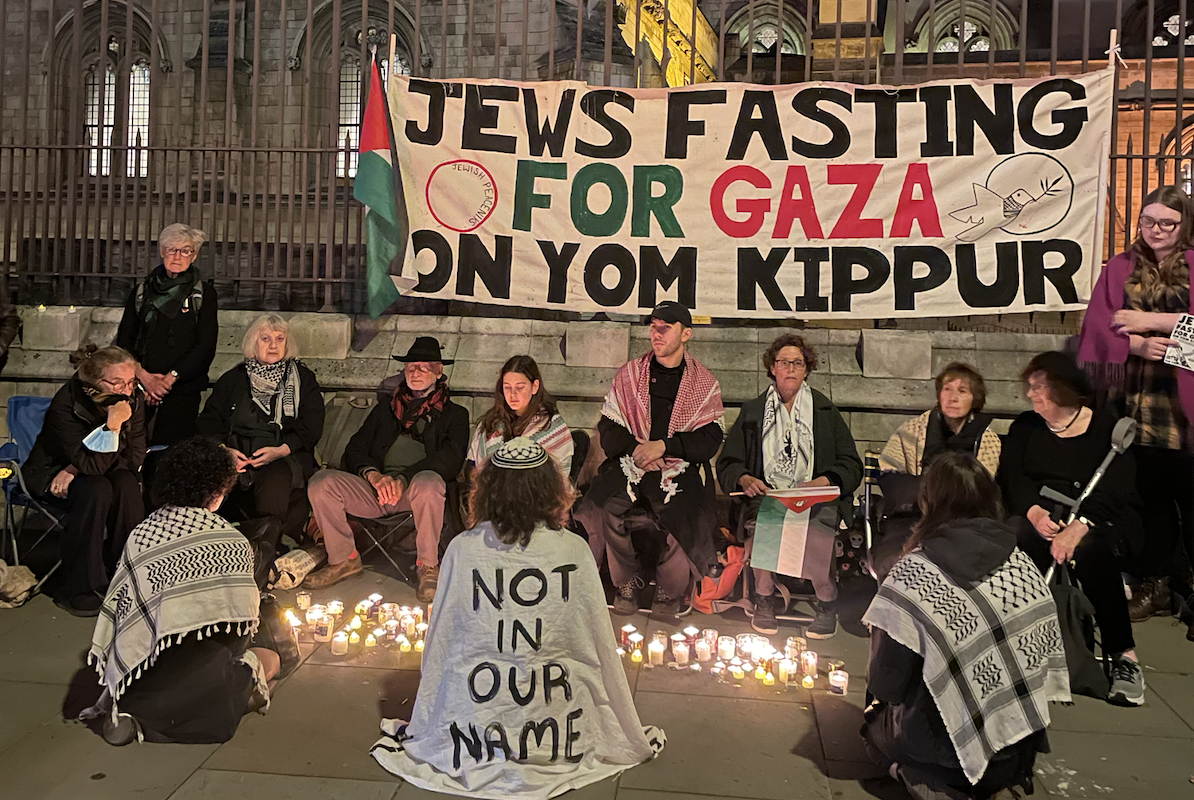Demystifying ‘Defence’: The Human Cost of Corporate Profit

Last week the biggest arms fairs in Europe took place in London. At this DSEI event – more than 45,000 people came, from more than 90 countries to buy and sell weapons.
As streams of men in snappy suits and well-polished shoes filed into the Excel centre, a small group of people – mostly elderly and retired – stood outside protesting on the green. While the event’s attendants were ushered and welcomed in by security, the police (who outnumbered the protesters) pushed and patrolled. The power imbalances felt visibly stark.
While outside, a small bell rang every twelve minutes to mark the death of a civilian killed in armed conflict last year, inside, deal after deal was signed as companies’ share prices continue to climb.
Militarisation is complicated. I lean toward pacifism, but I can’t deny that we live in an unstable and unequal world. Power imbalances matter. And history shows that when one actor holds overwhelming military strength, atrocities often follow.
Indeed, where people are defenceless, aggression thrives. As one arms fair attendee justified to me, when you’re facing someone like Putin, you need to be able to defend yourself – ‘Perhaps if Ukraine had been a NATO member, Russia never would have invaded’. We see this as well in Israel, which, with the immense military power and the support of the United States has been able to commit a genocide against the stateless people of Palestine. In the world we live in, the reality is – a degree of military strength is required to deter external invaders.
But this argument conceals several important truths.
First, whatever the marketing pitch says – newer, ‘better’ weapons don’t make people safer. While proponents claim that technological advancements have made militaries more ‘precise’ and ‘efficient’, the number of civilian casualties from war have exponentially increased. In 2024 there was a 40% increase in civilian deaths: the third consecutive yearly rise. While Israel claims to have one of the most advanced and accurate militaries in the world, a study found that 80% of recorded child deaths from conflict last year took place in Gaza. The evidence is clear, while the sale of sophisticated weapons may be framed as ‘defensive’, they are anything but that for civilian casualties.
Second, we must be aware of the realities of the military industrial complex, we must be cautious of the fact that war is a booming business, where incentives and motivations lie not in peace, but profit. Indeed, in an age of uncertainty and global instability, military industries have thrived. This year, Kier Starmer has set out a plan for the ‘biggest sustained increase in defence spending since the end of the cold war’, involving spending an additional £13.4billion a year from 2027. Many people have a vested interest in conflict: they personally benefit from death and destruction.
With this, profit-driven incentives make it almost impossible to ensure weapons are used only for the ‘right’ reasons (if you believe there is such a thing).
At DSEI, while 51 Israeli arms makers exhibited their products, Israel country broke international law launching military strikes in Doha. Simultaneously, during the event, Poland shot down Russian drones which entered their airspace, marking the first active combat between Russia and Nato since Russia’s invasion of Ukraine. The irony here is that analysts found US and European-made components inside these Russian drones. Despite sanctions against Russia and billions in military aid for Ukraine, the arms trade – run on a profit-first model – ensures someone will always sell to the highest bidder. When weapons are treated as mere commodities, designed to maximise shareholder value, the human cost becomes an afterthought.
When we consider how the military–industrial complex operates, it’s clear why it has every incentive to obscure these truths. Its marketing depends on maintaining a sharp divide between the polished image of convention halls, and the destructive violence that its products unleash.
Psychology can help us understand why this framing is so effective. We all know that bombs are used to kill, but we happily buy a narrative of ‘defence’, economic growth and opportunity. In part this is because our brains are wired to simplify overwhelming realities. To cope with complexity – we tend to narrow our focus on one issue at the time. And this issue is compounded by psychological distancing – our tendency to separate immediate actions from faraway consequences. Our psychology – and the industry’s deliberate distancing – make it far too easy to ignore the web that ties corporate profit to human conflict and catastrophe.
Protests provide an important way to cut through that distance. The bell ringing every twelve minutes serves to collapse the gap between the Excel centre and the human cost of war. The re-told stories of lives lost, the posters held, and flags for peace remind each person walking into this convention of the impact of their actions.
Ultimately, acknowledging the need for defence does not mean accepting the arms industry as it stands. A system that rewards selling more bombs to buyers will always inherently push beyond legitimate defence.
What we need is strong regulation and clear accountability. We need better pathways to restrict sales of weapons to regimes with records of violating human rights and international law. We need better monitoring of weapons. We need a system that protects government policy from corporate profit and lobbying.
When profit drives war, the dangers multiply. While there may be some need for military defence, those with vested interests in the arms trade will never deliver peace. As companies lobby for their own gain, communities are shattered, instability spreads, and overall, the world becomes less safe. That is why we must listen to the activists who demystify rhetoric of “defence,” exposing the polished facade of this event for what it really is. And we must keep asking: whose safety are we protecting – whose interests are we really ‘defending’?

